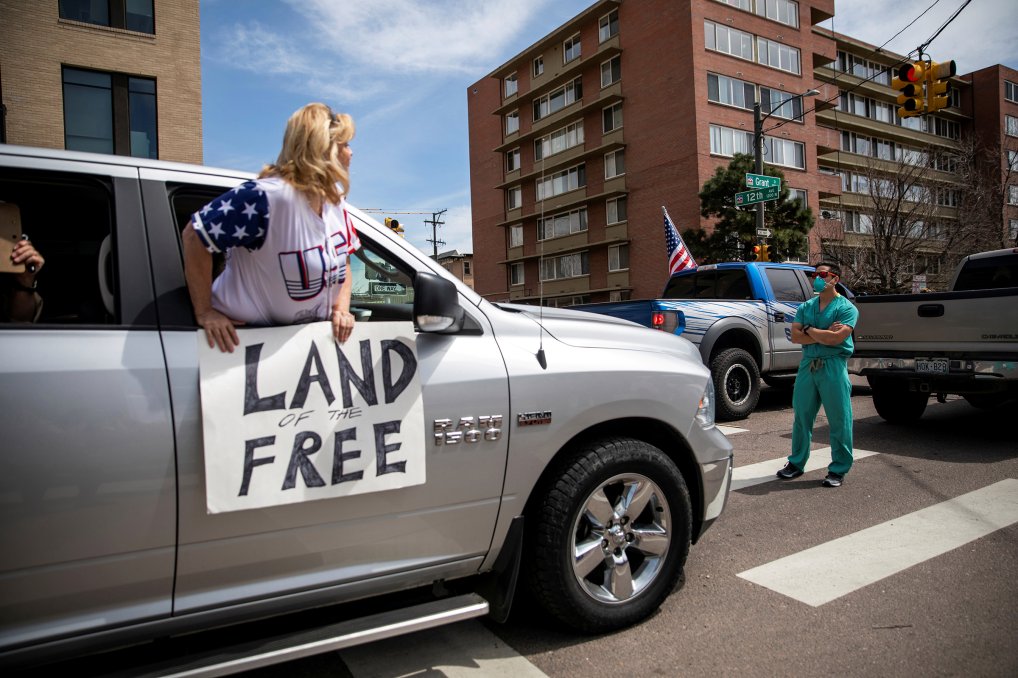Category: pandemic
-

Whiteness, Visuality and the Virus
The corona virus was supposed to be the great equalizer, a leveler of the divides of race, class and gender. Instead, the invisible pathogen has not only made existing inequalities palpably visible, it has weaponized them. In one week in April, the virus has become racialized.